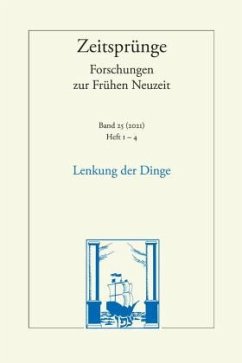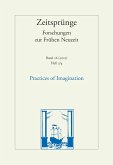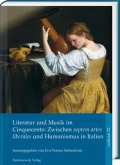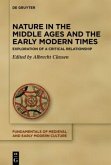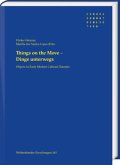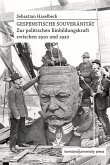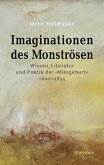Im Zuge der humanistischen Auseinandersetzung mit seiner Stellung im Kosmos formuliert der Mensch in der Frühen Neuzeit auch seinen Aktionsradius neu: Das Kausalitätsmodell der 'Lenkung der Dinge', welches in einer hierarchischen Struktur wurzelt, an deren Spitze Magiekundige, politische Herrscher bzw. Fürsten und Künstler als Handlungssouveräne in Erscheinung treten, beschreibt die Möglichkeiten erfolgreichen und effektvollen Handelns in Magie, Politik und Kunst. Die Frage, die in der Frühen Neuzeit in literarischen Texten, in den Künsten und Traktaten zur Staatskunst diskutiert wird, ist die Möglichkeit und Art der Beherrschbarkeit der äußeren wie inneren Natur, von Gegenständen, Handlungen, aber auch Wahrnehmung und Schicksal der Menschen. Die Beiträge in diesem Band erörtern das Konzept der 'Lenkung der Dinge' in Literatur und Kunst vor dem Hintergrund ihres historisch-kulturellen und epistemologischen Kontexts.In the course of the humanistic examination of his position in the cosmos, man in the early modern period also reformulates his radius of action: the causality model of the 'steering of things', which is rooted in a hierarchical structure at the top of which magicians, political rulers or princes, and artists appear as sovereigns of action, describes the possibilities of successful and effective action in magic, politics, and art. The question discussed in literary texts, in the arts, and in treatises on statecraft in the early modern period is the possibility and nature of the controllability of external as well as internal nature. The contributions to this volume discuss the concept of the "steering of things" against the backdrop of its historical, cultural and epistemological context.
Bitte wählen Sie Ihr Anliegen aus.
Rechnungen
Retourenschein anfordern
Bestellstatus
Storno

